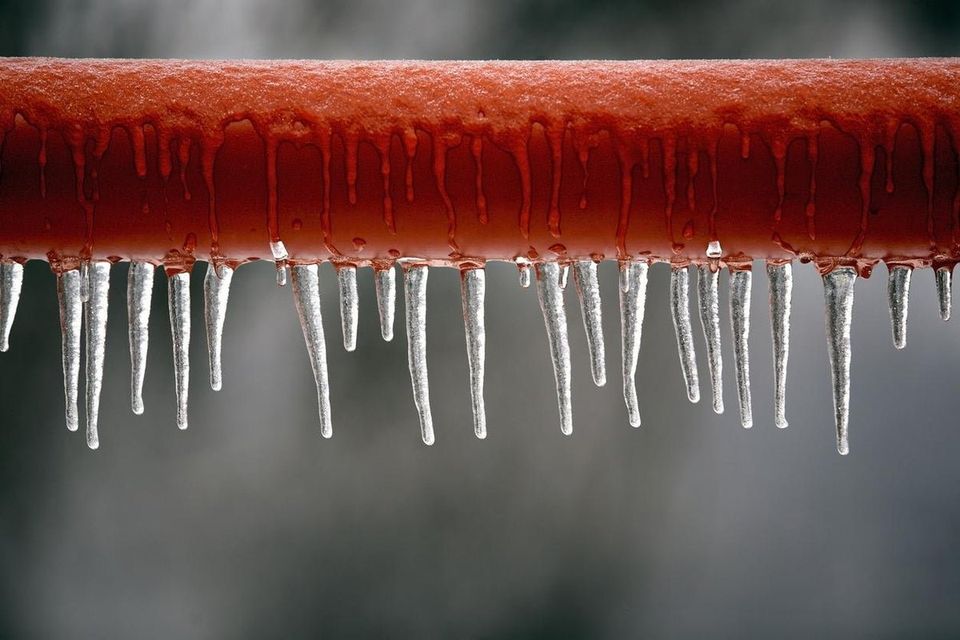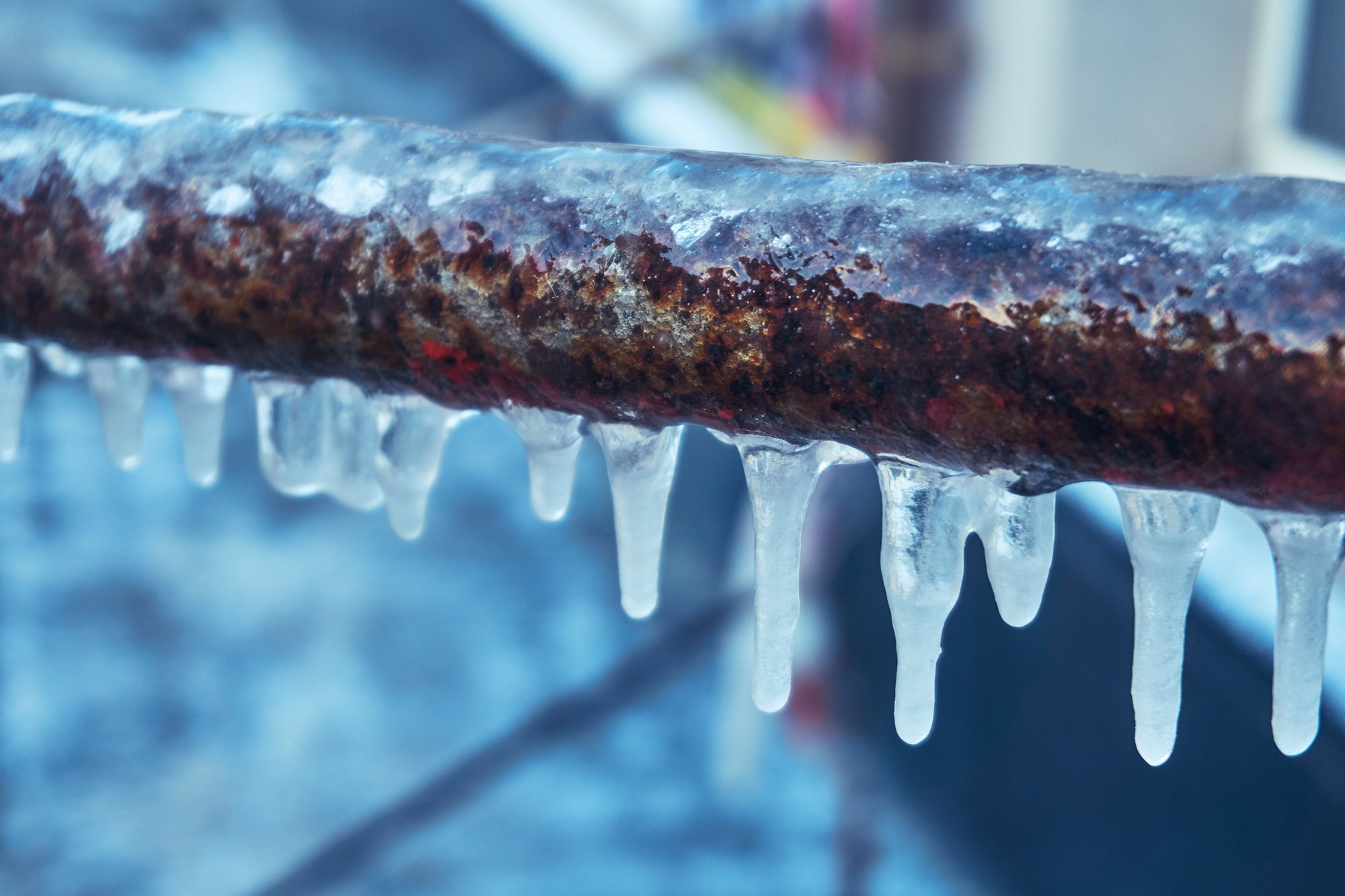How to Safeguard Plumbing System from Cold Weather: Essential Tips
Go ServicesThey are making a number of good observations related to 6 Ways to Prevent Frozen Pipes overall in this great article on the next paragraphs.

Cold weather can wreak havoc on your plumbing, especially by freezing pipelines. Here's exactly how to stop it from happening and what to do if it does.
Introduction
As temperatures decline, the threat of icy pipelines rises, potentially resulting in pricey fixings and water damage. Comprehending exactly how to stop icy pipes is crucial for property owners in cool environments.
Prevention Tips
Shielding at risk pipes
Wrap pipes in insulation sleeves or utilize heat tape to shield them from freezing temperatures. Focus on pipes in unheated or exterior locations of the home.
Heating methods
Maintain indoor spaces properly heated, especially areas with plumbing. Open cupboard doors to allow cozy air to distribute around pipelines under sinks.
How to recognize icy pipelines
Seek lowered water circulation from faucets, uncommon odors or sounds from pipelines, and noticeable frost on revealed pipelines.
Long-Term Solutions
Structural adjustments
Take into consideration rerouting pipes away from exterior walls or unheated locations. Add added insulation to attic rooms, basements, and crawl spaces.
Upgrading insulation
Invest in high-grade insulation for pipelines, attic rooms, and wall surfaces. Correct insulation helps preserve constant temperatures and minimizes the danger of frozen pipes.
Shielding Exterior Pipes
Yard hose pipes and outdoor faucets
Separate and drain pipes yard tubes prior to winter months. Install frost-proof faucets or cover outside taps with shielded caps.
Understanding Icy Pipes
What causes pipes to ice up?
Pipes ice up when exposed to temperatures listed below 32 ° F (0 ° C) for prolonged periods. As water inside the pipelines freezes, it broadens, taxing the pipeline wall surfaces and possibly causing them to burst.
Risks and problems
Icy pipelines can result in supply of water disturbances, building damages, and pricey repairs. Ruptured pipes can flooding homes and create substantial architectural damages.
Indications of Frozen Piping
Recognizing frozen pipelines early can prevent them from rupturing.
What to Do If Your Pipes Freeze
Immediate activities to take
If you presume icy pipelines, keep taps available to eliminate stress as the ice melts. Utilize a hairdryer or towels soaked in warm water to thaw pipelines slowly.
Verdict
Preventing icy pipes requires positive steps and quick reactions. By recognizing the reasons, indications, and preventive measures, home owners can protect their pipes during winter.
5 Ways to Prevent Frozen Pipes
Drain Outdoor Faucets and Disconnect Hoses
First, close the shut-off valve that controls the flow of water in the pipe to your outdoor faucet. Then, head outside to disconnect and drain your hose and open the outdoor faucet to allow the water to completely drain out of the line. Turn off the faucet when done. Finally, head back to the shut-off valve and drain the remaining water inside the pipe into a bucket or container. Additionally, if you have a home irrigation system, you should consider hiring an expert to clear the system of water each year.
Insulate Pipes
One of the best and most cost-effective methods for preventing frozen water pipes is to wrap your pipes with insulation. This is especially important for areas in your home that aren’t exposed to heat, such as an attic. We suggest using foam sleeves, which can typically be found at your local hardware store.
Keep Heat Running at 65
Your pipes are located inside your walls, and the temperature there is much colder than the rest of the house. To prevent your pipes from freezing, The Insurance Information Institute suggests that you keep your home heated to at least 65 degrees, even when traveling. You may want to invest in smart devices that can keep an eye on the temperature in your home while you’re away.
Leave Water Dripping
Moving water — even a small trickle — can prevent ice from forming inside your pipes. When freezing temps are imminent, start a drip of water from all faucets that serve exposed pipes. Leaving a few faucets running will also help relieve pressure inside the pipes and help prevent a rupture if the water inside freezes.
Open Cupboard Doors
Warm your kitchen and bathroom pipes by opening cupboards and vanities. You should also leave your interior doors ajar to help warm air circulate evenly throughout your home.

We are very taken with Prevent Frozen Pipes and I hope you appreciated our blog post. So long as you appreciated our blog posting please remember to share it. Thank you for being here. Return soon.
Book With Us Today!